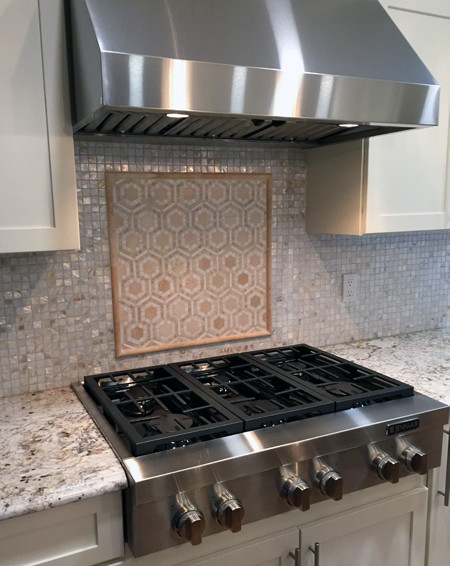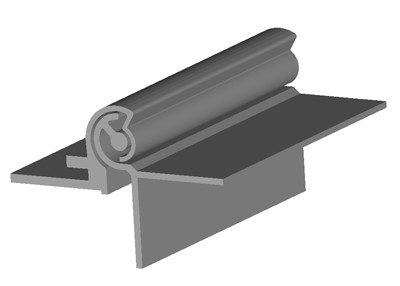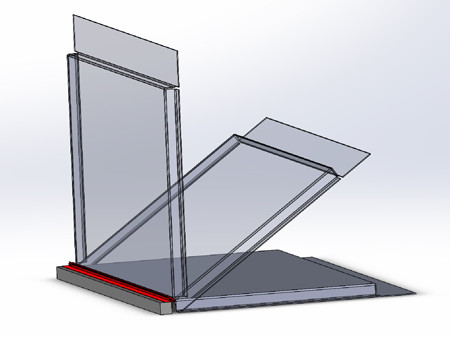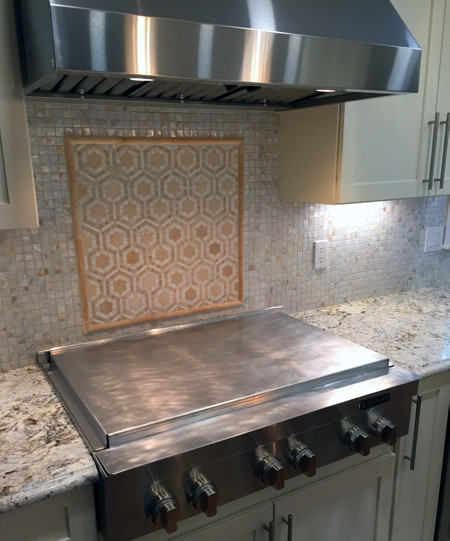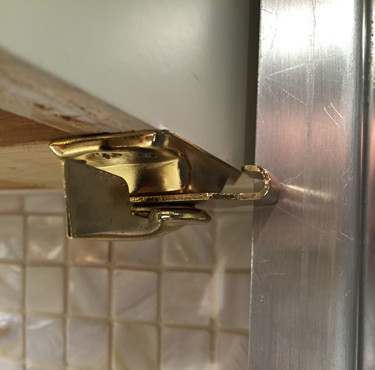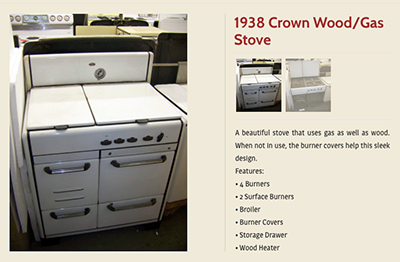| g e n u i n e i d e a s | ||||||
 |
 |
 |
 |
 |
 |
 |
| home | art and science |
writings | biography | food | inventions | search |
| mosaic madness | ||||||||
|
Oct. 2015 It must have seemed like a good idea at the time. We just purchased a new home in the city. A condo, actually, carved out of an old dilapidated Queen Anne by a local builder. As is the style of the moment, (a mash up of Restoration Hardware and Pottery Barn, with an undercurrent of Ikea) the house is bright and airy and modern with oak floors, granite counter tops, neutral colors and lots of tile. Lots. Including a handsome mosaic behind the counter-top stove:
Handsome, yes. Practical, *not*. The surface is rough and textured, the grout lines porous and numerous. Basically uncleanable. The first splash of tomato sauce would spell disaster. A week of fried eggs and simmering stews, a gummy sticky mess. Why didn't they install a stainless steel backsplash? Hard to say. A mosaic is more dramatic, photographs well and might command a higher sales price. But we quickly had to invent a workaround, or would be eating boiled eggs for the rest of our life. We might remove the tiles and insert a conventional metal backsplash. Or entomb the mosaic behind a clear sheet of heat-proof glass. But that would be expensive and a waste. We could cover the tile with aluminum foil, or a portable splash guard with every use. But that would be unsightly and inconvenient. In the end, we combined a burner cover with a metal splash guard. The cover sits over the cool burners, blocking dust and baking flour- even performing alternate duty as spare counter space. Then, when its time to cook, you tip the cover up and lean it against the mosaic. Protecting the grout and tiles from splashes and damage. In a pinch, you can even drop the guard without cleaning, hiding any splats from your dinner guests... The design would have to be easy to maintain. With some kind of hinge arrangement to make sure the lid didn't scrape the cabinets on the way up. Stable in both positions. Strong and stiff so it could double as a bonus countertop space. Engineering is a matter of smart choices. Followed by prototyping and more choices. In this case, I decided to build the prototype out of aluminum (90 mil thick grade 5052) instead of stainless steel, for cost and ease of fabrication. And assemble with screws instead of welds, in case adjustments were required. While the stove-top manufacturer (Jenn Air) could incorporate this hinged backsplash more simply into their appliance, I designed the prototype as an independent add-on. So there is a heavy, 1.25" square aluminum bar, passively resting at the wall/counter intersection, that hinges and stabilizes the lid. As to the hinge, a pin joint at the end of the bar, or a piano hinge, or even a slot and rod might work. But for the prototype I chose a continuous "hurricane hinge" made from extruded aluminum. These hinges are used to attach plywood panels over windows in case of, well a hurricane. Or connect awnings to RVs like Teardrops. They are rigid, simple, easy to disassemble for cleaning and unlikely to bind.
I designed the backsplash in CAD, had the sheet metal water-jet cut and then formed on a brake. It is assembled with shallow removable screws and tapped holes, but in fact no adjustment was required:
The cast iron grates align the lid so when it is hinged up1, the lid passes by the cabinets with about 1/4" to spare. The backsplash works well and looks good, even in aluminum. If we ever build a second prototype, I might switch to stainless steel and weld all joints. On a four burner stove you could split the backsplash in half, in case only two burners are required to prepare dinner. Plus two smaller covers are easier to clean in the sink. A harmonious solution. But don't get me started on the bathroom doors with their fragile, translucent glass panels..
|
||||||||
|
-------------------------------------------------------------------------------------------------------- 1 In our case, the backsplash tilts back slightly when hinged open. And is relatively stable. But to avoid any possibility of it dropping down and spilling a pot of hot boiling water, you can add a detent. A sash lock, attached under the cabinet, works well:
Tiltable burner covers, bifold lids that rise into a shelf, etc, were once pretty common in early stoves. A great assortment of "antique" stoves can be found here: |
||||||||
 Contact Greg Blonder by email here - Modified Genuine Ideas, LLC. |
